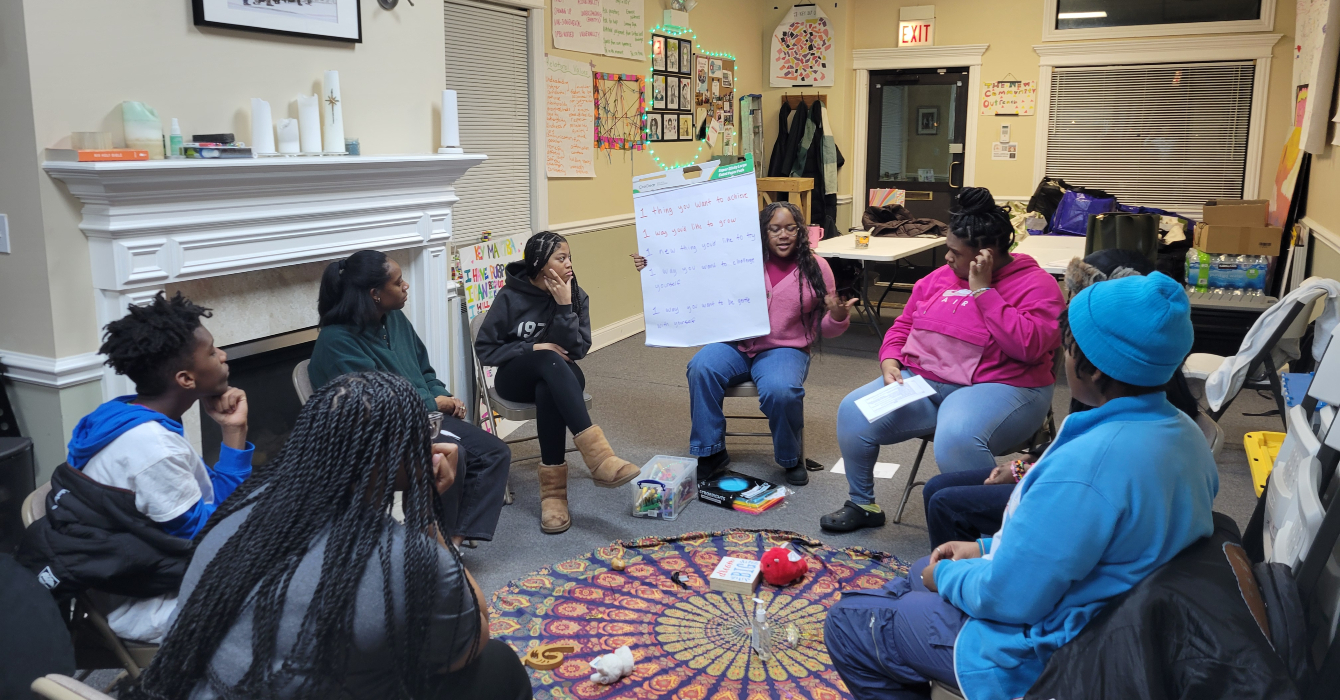Over the years, like many ministers and other church leaders, I have often made retreats at monasteries. With gracious hospitality and serene spaces for rest and reflection, these sanctuaries invite us to release our pastoral and personal burdens for a time and recharge our depleted spirits.
Most communities I have visited are Benedictine or Cistercian (Trappist) and follow the Rule of Benedict, the set of precepts that has guided Western monasticism since the sixth century. But as I learned long ago, this ancient spiritual path is about more than pleasant places for individual spiritual refreshment. Instead, this deeply formed, living tradition is a way of life that leads to spiritual renewal. Open to any serious seeker of God, the Benedictine way has much to offer the wider church.
Predating the splintering of Christianity into Roman Catholic, Eastern Orthodox and Protestant streams, Benedictine spirituality is a path of the heart on a journey to union with God. Spiritual practices are deeply embedded in Benedictine monastic life. The Liturgy of the Hours -- morning, noon and evening prayers -- punctuates the day, alternating with work and communal meals. Time for individual lectio divina -- the reflective reading of Scripture that leads to meditation, prayer and contemplation -- is mandated by the rule. The Benedictine charisms of hospitality -- receiving each person as Christ -- and life in community are distinctive expressions of loving God and neighbor.
Few of us are called to a monastic life, but all Christians share the desire for union with God and a fuller life in Christ. As I learned more about the Benedictine tradition, I too wanted a more authentic life in Christ within a supportive community. And as an oblate of St. Benedict, I am finding that life. Oblates are lay Christians or clergy of any faith communion who, after a year or more of formation and discernment, affiliate with a particular monastic community and commit to living as much as possible by the Rule of Benedict.
Whether in or out of the church, many people today long for spiritual nourishment and an open, inviting community in which to learn about and experience God. A growing number are becoming oblates or forming intentional communities in addition to their congregational memberships.
On my monastic visits I often run into other Presbyterian, United Methodist, Lutheran, UCC, Episcopal and even evangelical clergy and lay leaders. At one abbey I visited, I was one of three Presbyterian ministers at our dinner table of eight oblates. As I later learned, scores of Protestant church leaders are Benedictine oblates.
Why are so many turning to the Benedictine way? Across the country, people are looking to this timeless tradition for the spiritual resources and mature spiritual companionship missing from our own faith communions. For decades, spiritual formation has been neglected in the church, and as a result, many Christians hunger for spiritual nourishment. Even seminary and divinity schools often give scant attention to a pastor’s spiritual development, focusing instead on biblical studies, church history, polity, preaching and pastoral care. After I graduated from seminary, I took additional classes, completing a certificate in spiritual formation. But as much as I enjoyed the experience, it didn’t give me the lasting spiritual community I sought.
As an oblate, however, I am finding that enduring sense of community, even from a thousand miles away. When I became an oblate, I affiliated with the women’s community of St. Benedict’s Monastery in St. Joseph, Minn. Although St. Ben’s is far from my North Carolina home, the sisters are among the most welcoming, grace-filled, spiritually alive Christians I know.
Most of them, as you would expect, are older, and their numbers are declining. Yet the sisters at St. Ben’s are determined to offer their wisdom and experience in creative, life-giving ways to the wider church. To them, it is a means of transforming their ongoing losses into sacrificial giving so that others may live. Some of our own denominations, also in precipitous decline, might well learn from such humility and grace.
At the same time, Benedictine spirituality has helped me to appreciate more fully my own Reformed tradition and to value the wisdom and inspiration offered by all streams of the Christian faith. While respecting differences, I celebrate our oneness in Christ -- as, I am discovering, do many other people.
Here in Chapel Hill, a group of church leaders joined with me to form the ecumenical Friends of Christ School for Christian Spirituality. With the support of local congregations, we offer core classes to help spiritual seekers discover or recover the richness and depth of the Christian spiritual traditions.
My own spiritual practices are now informed and shaped by both Protestant and Benedictine traditions. Daily, I engage in morning and evening prayer that follows the Benedictine Liturgy of the Hours and practice lectio divina, which encourages me to reflect more deeply on my life in Christ. Weekly, I attend worship at a local church and an ecumenical contemplative prayer group.
These and other practices, in turn, played an important role in helping me to write “Path of the Purified Heart: The Spiritual Journey as Transformation,” which was published earlier this year. While writing the book, I spent a year in conscious self-reflection and self-emptying in an attempt to allow God’s grace to work more fully in my own life and to clear away what still separates me from God.
Throughout that effort, the Benedictine charisms were my guideposts. So too were the monastic women and men, both past and present, whom I have come to know. That year was just a beginning, and I remain far from being transformed into the image of Christ. Journeying with the Benedictines, however, has opened up and illumined the common path we all may follow to the heart of God.















